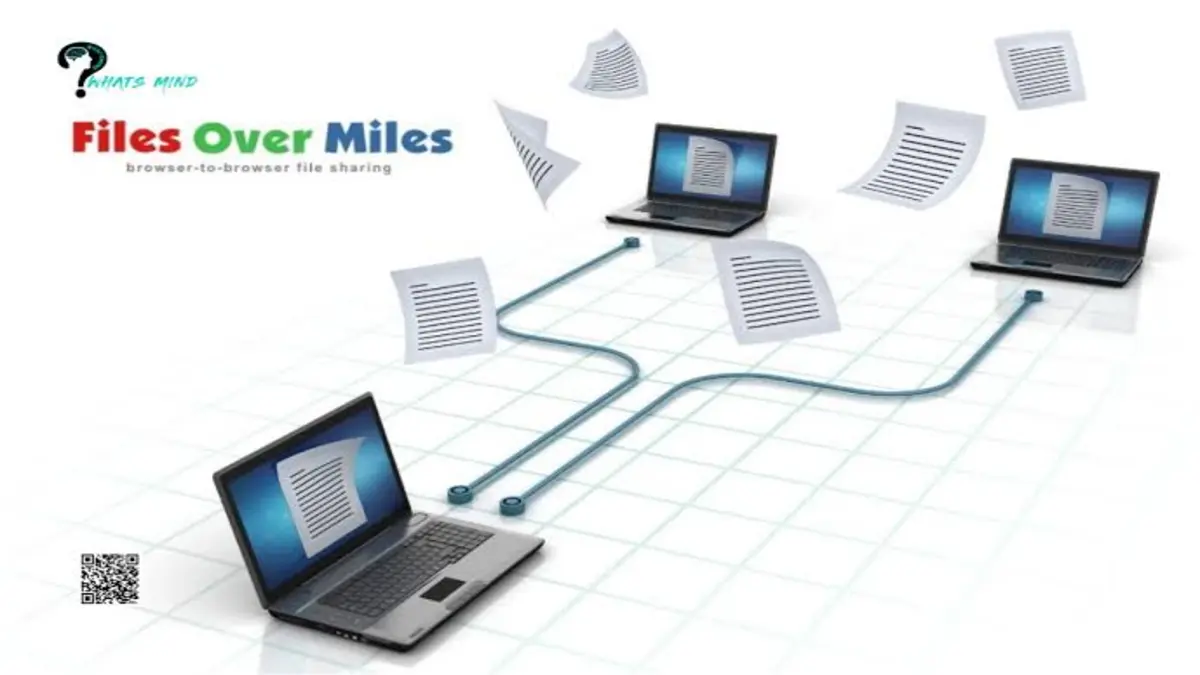Files Over Miles: Bridging the Gap in a Digital World
Introduction
In a world where everything seems to be moving at the speed of light, have you ever wondered how information travels from one end of the globe to another so effortlessly? The phrase “files over miles” captures the essence of this digital magic. It highlights our ability to transfer data across vast distances almost instantly. But how does this incredible feat work, and why is it so crucial in today’s interconnected society?
The Marvel of Digital Communication
Imagine a world where sending a document from New York to Tokyo required weeks, if not months. Sounds like a plot from a bygone era, right? Today, thanks to advancements in technology, we can transfer files in mere seconds. This phenomenon, often taken for granted, relies on complex systems and infrastructure. Let’s dive into how these systems work and why they are so essential.
Understanding the Basics: How File Transfer Works
When you send a file from your computer, it doesn’t just magically appear on the recipient’s device. Several steps are involved. First, your file is broken down into smaller packets of data. These packets travel through various networks—routers, switches, and servers—Files Over Miles before being reassembled on the recipient’s end. Each step involves sophisticated technology that ensures your data reaches its destination quickly and accurately.
The Role of Internet Protocols
At the heart of this process are internet protocols. These are standardized rules that govern how data is transmitted over the internet. Protocols like TCP/IP (Transmission Control Protocol/Internet Protocol) manage the data packets, ensuring they are sent and received correctly. Files Over Miles Without these protocols, file transfer would be chaotic, and the digital world as we know it would not exist.
The Power of Cloud Storage
Cloud storage has revolutionized how we store and share files. Instead of saving documents on a single device, cloud services allow us to upload files to remote servers. This means you can access your files from anywhere in the world as long as you have an internet connection. Companies like Google Drive, Dropbox, and OneDrive have made it incredibly convenient to manage Files Over Miles and share files with just a few clicks.
Benefits of Cloud Storage
One of the significant advantages of cloud storage is its accessibility. You no longer need to worry about carrying physical storage devices or emailing files back and forth. Additionally, cloud storage offers enhanced security features. Many services use encryption to protect your data, ensuring that only authorized users can access it.
The Impact on Business and Collaboration
The ability to transfer files instantly has transformed the business landscape. Teams can now collaborate in real-time, regardless of their geographical Files Over Miles locations. This has led to increased productivity and faster decision-making processes. Businesses can share large files, conduct virtual meetings, and work on projects together without the constraints of physical distance.
Challenges and Considerations
While the benefits of file transfer are immense, there are also challenges to consider. Security is a primary concern. As data travels across various networks, it can be vulnerable to cyberattacks. Therefore, it is crucial to use secure methods for transferring sensitive information. Additionally, the sheer volume of data being transferred can sometimes lead to Files Over Miles congestion and slower speeds.
The Future of File Transfer Technology
As technology continues to evolve, so too does the way we handle file transfers. Innovations such as quantum computing and advanced encryption methods promise to further enhance speed Files Over Miles and security. We can expect even more seamless and efficient ways to share Files Over Miles information, pushing the boundaries of what’s possible.
The Personal Touch: How It Affects You
Think about how file transfer impacts your daily life. Whether you’re sharing vacation photos with family or sending an important work document to a colleague, the ability to do so quickly and efficiently has become a fundamental part of our routines. It’s easy to overlook this convenience, but it’s a testament to how far technology has come in bridging distances and connecting people.
Embracing the Digital Era
In conclusion, the concept of “files over miles” is a fascinating reflection of our digital age. It illustrates how technology has broken down barriers and brought the world closer together. As we continue to embrace digital advancements, we should appreciate the systems that make instant file transfer possible. From personal interactions to professional collaborations, the ability to send and receive files effortlessly is a cornerstone of modern life. So next time you hit “send” on an email or upload a file to the cloud, remember that you’re participating in a technological marvel that connects our world in ways once thought impossible.





Post Comment